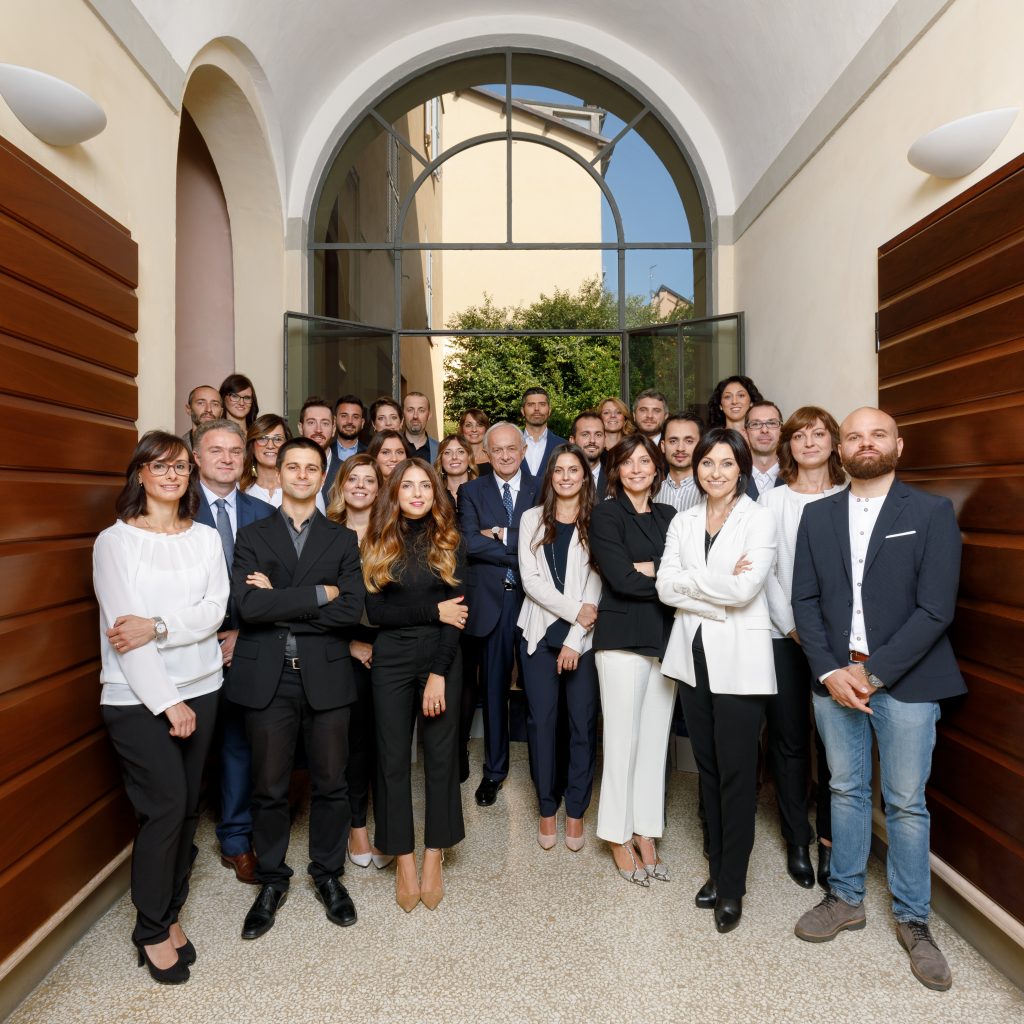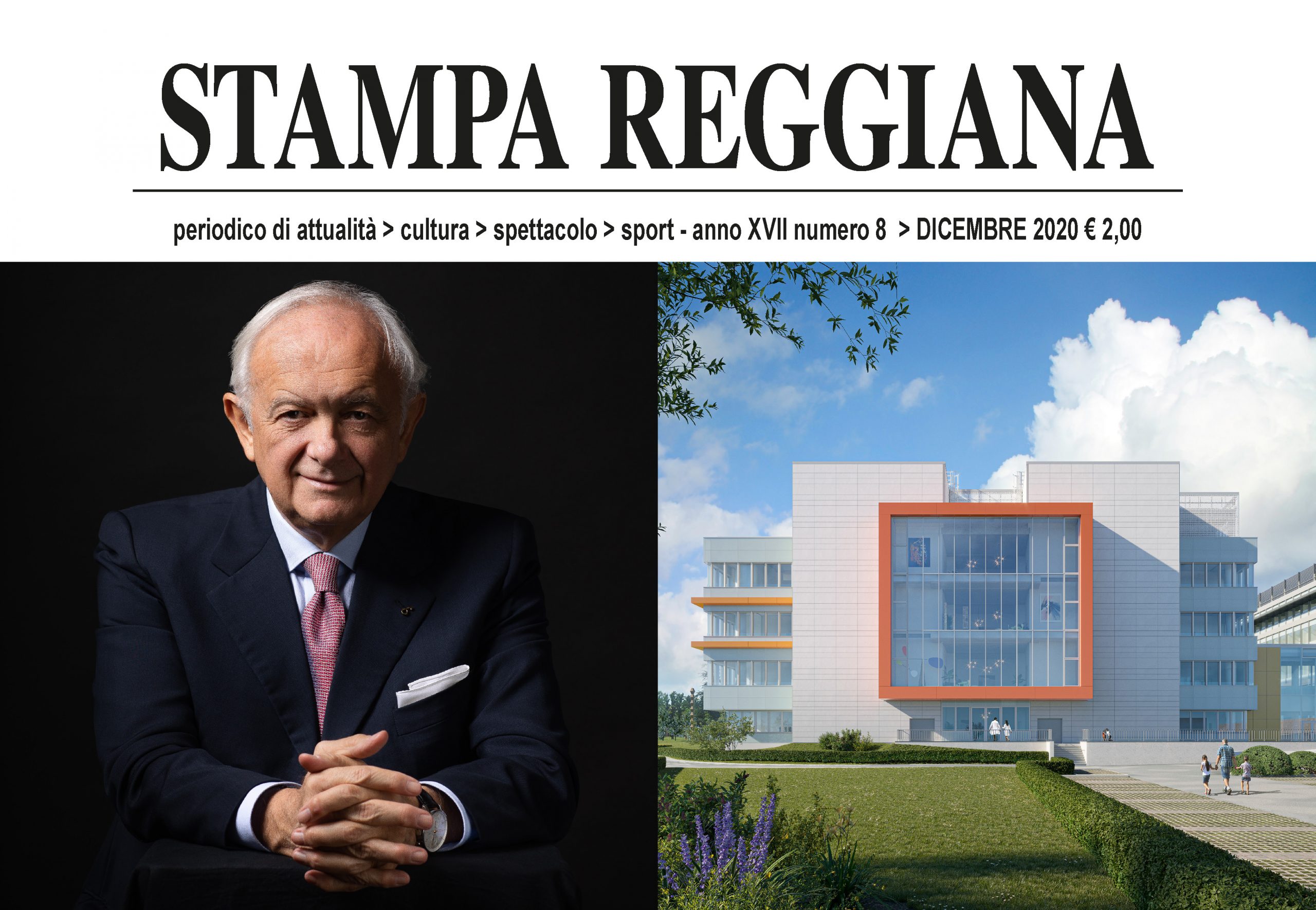Click on this link to read the complete article of Stampa Reggiana – December 2020
HOSPITALS & COVID SECURITY – ARTICLE BY ISABELLA TROVATO, STAMPA REGGIANA
Emilia Romagna has been among the first to activate, since May, interventions to strengthen beds, intensive care, first aid and differentiated paths to protect operators and patients.
Tiziano Binini, President of Binini Partners: “In Reggio this path was started in time with the creation of the CORE, already at the service of all, and the MIRE, now imminent”
Covid-19 continues to put a strain on the resilience of hospital facilities between hospitalizations, hospital reorganization and intensive care. In this context, another key issue is inserted in the management of hospital structures, that of the safety of environments, departments and paths. A voice that cannot be improvised. The best minds have taken to the field, and from this point of view Reggio Emilia can boast of a name like that of the Binini Partners studio, a reality born in ’96 and today that has become excellence at national and international level, already owner of the CORE and MIRE also intervened in these areas as explained by the engineer Tiziano Binini, founder of the studio of engineers and architects.
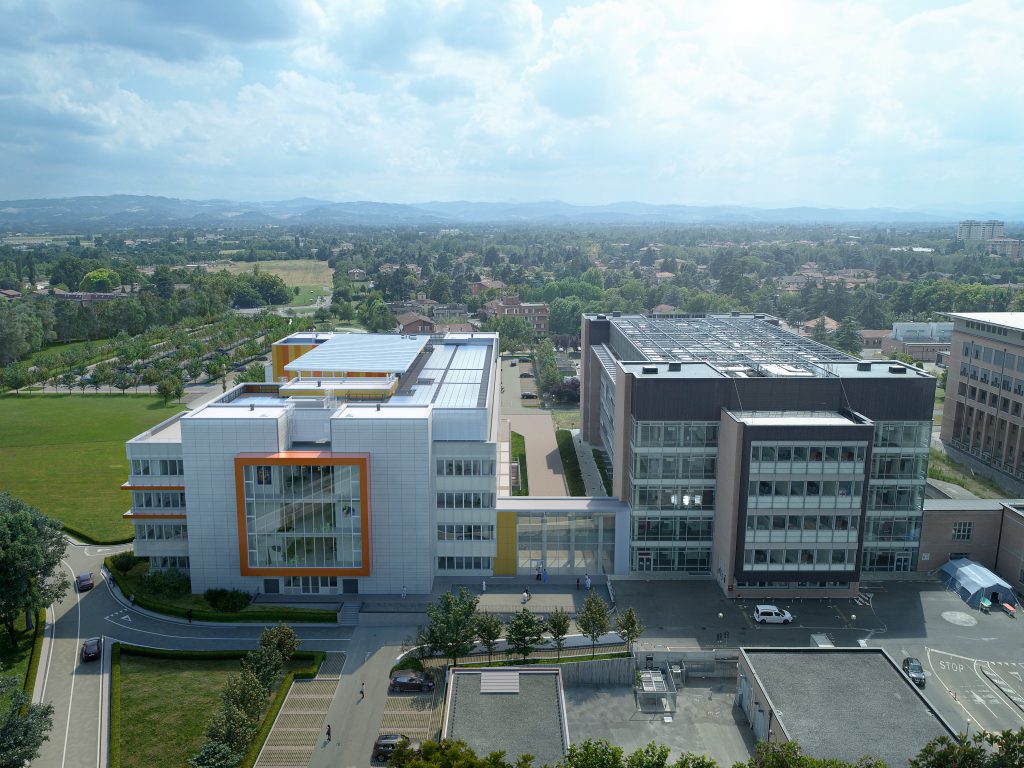
Engineer Binini, you are President of the Binini Partners studio, a Reggio company that has established itself nationally and internationally as an excellence in the field of architecture and engineering. In Reggio you boast the Core and Mire projects. Today the challenge is that of hospitals equipped to deal with emergencies such as Covid. Where to start from your point of view?
There are two aspects: the first is that of the emergency to which immediate solutions and responses need to be given, especially to help the personnel and health services who are living with self-denial this very difficult moment for the country and for the rest of the world. Therefore, from a structural and plant engineering point of view, the number of available beds, intensive therapies and emergency rooms are being strengthened, creating differentiated paths and triage areas, which can protect frontline operators and incoming patients. Emilia Romagna was among the first to activate these interventions since May, which are now underway on all provincial garrisons. We are working on Scandiano and Montecchio Emilia, where our partners Ing. Elena Morini and Ing. Alberto Baroni, in collaboration with all the managers of the AUSL Technical Service, have now completed the executive design in record time and are starting the works. But the strategic and prospective aspect, which has been clear for many years, is that Italy needs new hospitals and health facilities in the area that are healthy, safe and efficient. A path that in Reggio was started in time with the creation of the CORE, already at the service of everyone, and of the MIRE, now imminent.
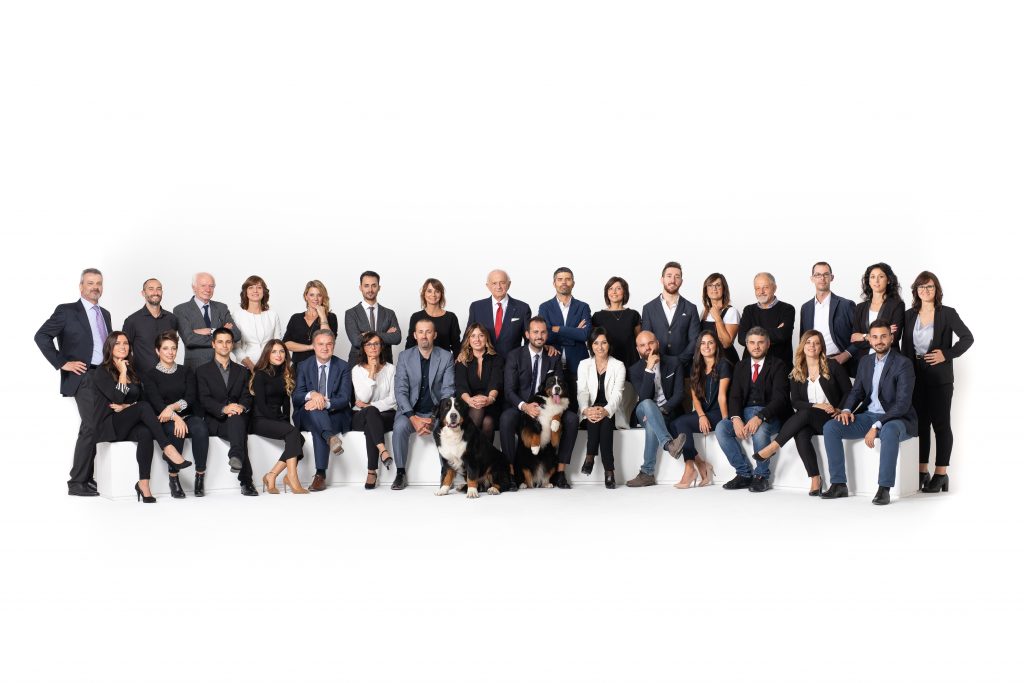
Your office has therefore already dealt with covid-equipped hospitals. What were the most urgent works to adapt the first aid and intensive care units in the province? How did you actually work?
The first project we have devised against Covid-19 is uSafe Lab, a prefabricated modular system designed for the economic and social restart of the country, to be installed on the territory where it is appropriate to extend the controls and regulate routes and accesses. For the Provincial Headquarters of the AUSL, instead, an attempt was made to obtain these spaces within the existing structures by creating waiting areas and differentiated Covid and no-Covid paths in the emergency rooms, to increase their receptivity to reduce waiting lines and above all to strengthen the number of beds equipped with Intensive Care, in order to accommodate all patients. We are also perfecting the project of a rapid installation, flexible and advanced modular hospital, which can host intensive care in emergencies, but which can also be transformed in the future into operating rooms, hybrid rooms and advanced diagnostics, outpatient clinics, rehabilitation, dialysis, etc. A “mobile” hospital that can also allow the restructuring or renewal of existing hospitals, without interrupting health care activities, and that can be reused at the end of the works to expand the range of services in the area.
There is talk of a ‘field hospital’ hypothesis in Reggio, could not a modular hospital be evaluated?
Reggio’s institutions and healthcare have always proved to be among the most competent and far-sighted even in all the recent emergency that has hit us, and I hope that all the actions taken in time will be sufficient to cover the needs with the staff and existing hospitals. I myself and my family contracted Covid-19 right in November and we were able to take advantage of impeccable assistance and organization, so much so that I would like to take this opportunity to thank in particular Dr. Davide Donelli of USCA, for the competence and safety with which we have been treated. I believe everything will depend on the trend of the contagion curves, still growing, but which currently seem to be slightly slowing down. If the numbers of positives and the consequent need for hospitalization should grow further, beyond certain limits, perhaps it will be necessary to think about it, also because it is necessary to continue to assist all the other pathologies that cannot be further compressed or postponed.
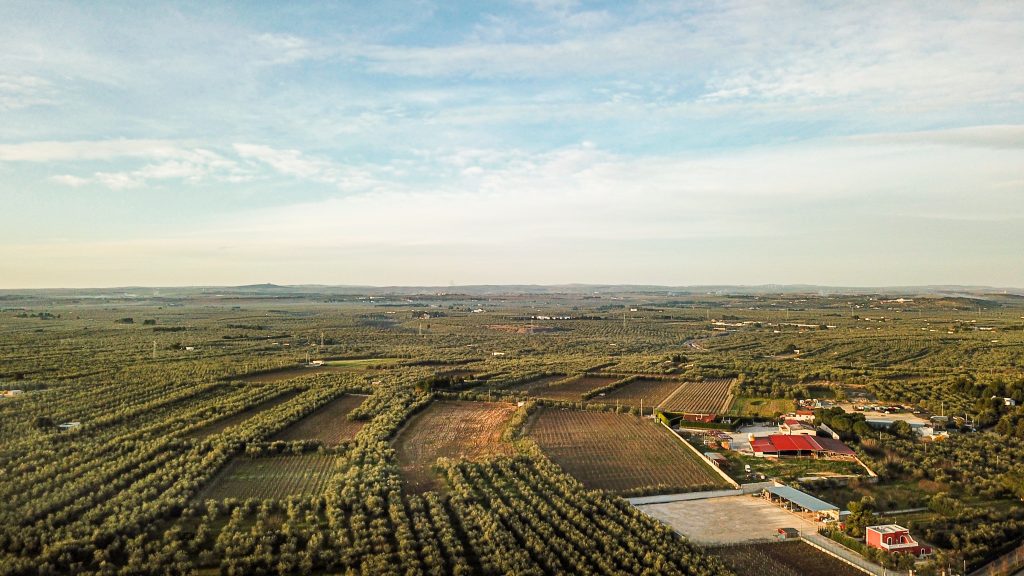
Binini Partners has just been awarded the construction of the new hospital in Andria, a 100 million euro facility for 400 beds. In the design you will obviously take into account the Covid problem. So how will it be different from any other hospital?
The project of the new hospital of Andria, in Puglia, will bring with it all the innovations, technological and organizational advances that we have developed in the experiences of CORE, MIRE and GALEAZZI in the MIND Area in Milan, which represent the first examples of “Hospital of the Future”. But here we have conceived a horizontal hospital, harmoniously inserted in an extraordinary territory, the plain of vines and olive trees that descends from Castel del Monte to the sea, around Andria. A hospital that will enhance itself with the materials and elements of the local architecture and landscape, to offer the inhabitants of that area, between Barletta and Trani, today unfortunately very suffering from Covid, flexibility and efficiency, beauty, safety and competence.
You have designed the MIRE, the Women’s & Children’s Hospital. Does it need a Covid review from your point of view?
I would exclude it, because the project is already organized according to structural links and paths that offer maximum flexibility and efficiency. In addition, the project based on the tender had already been updated, together with the AUSL Technical Service, according to the most recent anti-Covid safety protocols, also for the management of the construction site. An interesting debate is currently developing at the Ministry of Health on what should become the new hospitals and new territorial services for the promotion of post Covid health, but at present the MIRE is already well aligned with the most modern organizational concepts. Certainly, if new regulations and new needs to be foreseen come out, also with regard to the financing in the planning, MIRE will very easily be able to welcome them precisely for its extremely rational and open system.
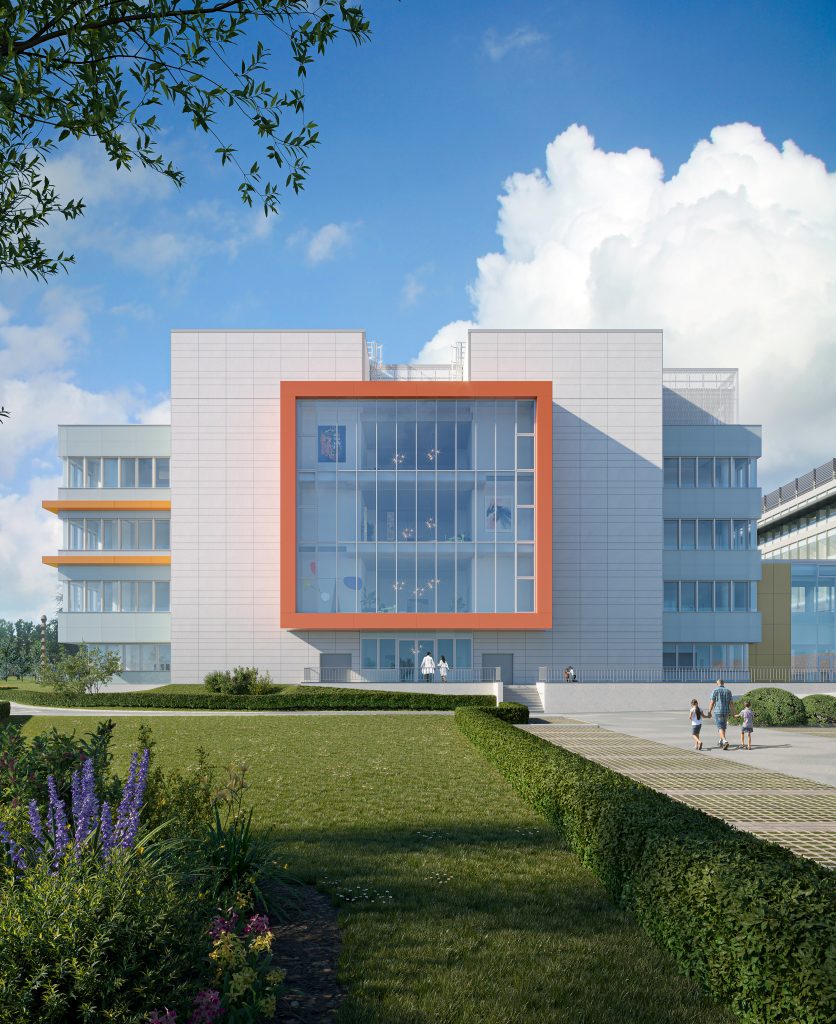
Let’s stay on the Mire. When does the work start? and what are the expected times to date?
Both the tender for the award of the works and the one for the assignment of the works management are currently underway. I believe that the AUSL will be able to carry them out quickly, together with the subsequent contractual procedures, and probably at the beginning of 2021 the work will begin.
Will everything be done as planned or will priority be given to specific departments? If so, which ones and why?
The project foresees the immediate complete realization of the 1st and 2nd lot, which can be followed already with the same contract, which includes it, also the completion of the 3rd lot if, as foreseen, the relative already dedicated loans are confirmed.
The CuraRE ONLUS association has done a lot to give light to this project. What is the weight of the Committee in decisions today?
CuraRE Onlus, with all its members and in particular with its President Deanna Ferretti, has always been the inspiring force and concrete support of the AUSL and the Reggio institutions, for the realization of the project, which it financed, involving the Reggio community to achieve this goal, “a dream” that we now hope to achieve. I believe that his action of stimulation, involvement and concrete support will never fail until finally it will be possible to inaugurate and put the work into operation for the benefit of all, in particular for women, mothers and babies of all the Reggio families.
One last question: yours is an absolutely young reality, born only in 1996. Yet in so few years you have become an excellence on the national and international scene. Could you remind us of some of your main assignments and what is the key to success in establishing yourself so deeply in such a short time?
With 2021 we will celebrate 25 years of activity of the studio. The secret of this “success”, if we can modestly define it, lies simply in two fundamental factors:
– The primary objective of doing projects “done well”, with “beauty and competence”, which we then always try to accompany also with the Works Management, where possible, to conduct contracts well, avoid reservations and disputes, implement works on time and with the estimated costs, with the highest quality required by the project.
– The constant integration of multidisciplinary skills by making architects, engineers, graphic designers and designers, geologists, agronomists, landscape architects and BIM specialists work together, bringing together experienced professionals, specialists and young talents, which the open structure of Binini Partners allows to involve for every project and occasion.
In this we are a fairly unique structure in the Italian panorama, but our formula allows us to face and resolve complex issues such as infrastructures and the safety of the territory, production structures and mobility, laboratories and spaces with maturity and competence for research and teaching, health and personal care facilities, in Italy and abroad. Among the many projects in the world of healthcare, we have created the new IRCCS Galeazzi in Milan, the New Maternity & Infancy of Careggi in Florence, where we are also completing the DEAS and Corps F, for High Specialties and Transplants. At the moment we are completing the executive project for the Baganza expansion coffers, essential for the safety of Parma. We are also starting the prestigious project for the construction of the New Gemelli Private Hospital in Rome, at the Gemelli Polyclinic. Finally, all the integrated activities of urban redevelopment, architectural, seismic and energy planning for the regeneration of the existing heritage continue and are being developed thanks also to the incentives linked to 110%. Ours is a beautiful and demanding job. I hope that even after the first 25 years of activity, we will be able to have the right opportunities to contribute with determination to the post Covid-19 restart, both in our city we love, where it all started, both in Italy and abroad.
